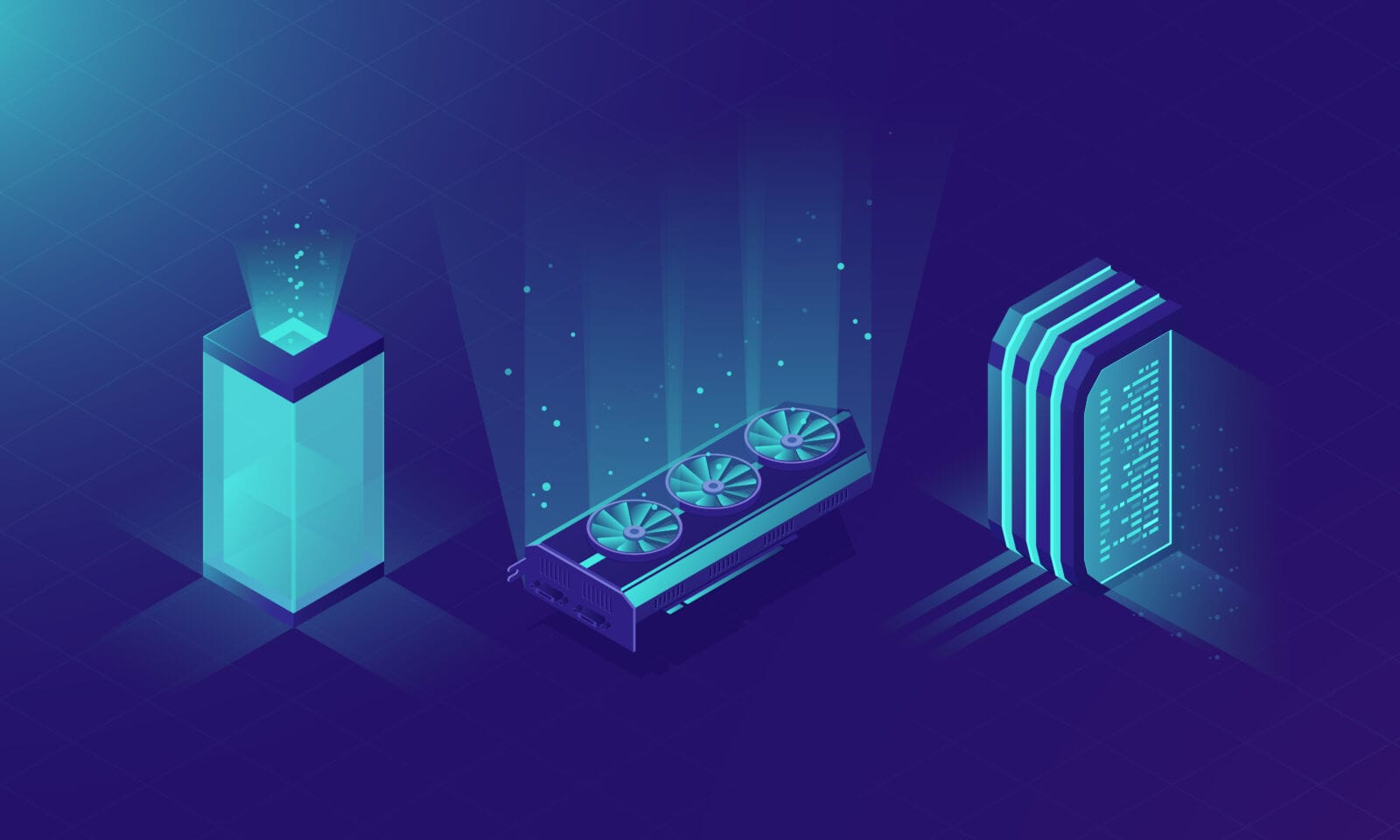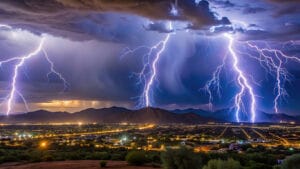The Render Network is not exactly a newcomer in the crypto world, but it has only recently climbed to prominence, rising by more than 1,000% in 2023. Much of this growth is attributed to the increased interest in artificial intelligence projects and the fact that content creators are constantly looking for ways to improve the quality of their graphics without paying a tremendous amount of money. Render’s functionality ensures both of these aspects, meaning that the token and platform are expected to see continuous engagement and become even more popular in the upcoming months. The numbers for the render price prediction 2025 show that the value is expected to climb to at least $8 in the following year, but the more optimistic predictions indicate that Render could potentially rally to values between $20 and $50 if the momentum remains strong and the marketplace remains engaged.
With that in mind, let’s have a closer look at the utility and specific use cases this platform has for its participants, in order to have a better understanding of where the ecosystem is headed, and what should investors do to make the most out of what it has to offer.
How does Render work?
Much like other cryptocurrencies, the Render Network consists of a blockchain, but it also employs a multi-tier pricing protocol and its very own Proof-of-Render, the consensus system that guides the general operations. Apart from that, the network also consists of creators, who are essentially creating jobs by needing and requesting GPU power, as well as Node Operators, the individuals who bring their idle GPU to the system so that it can be used to complete projects. OctaneRender is an additional feature that sets this ecosystem apart from its peers, being a special engine that is used in the Render Network.
Render was initially deployed on the Ethereum blockchain but has recently launched on Solana as well. Its blockchain layer is in control of the payments, with the aim being to guarantee that they remain transparent and that everything is processed correctly and can be identified right away if there’s any need to do so. The jobs created on the Render Network include the details of the task, and the fee is ultimately determined by the parameters of the specific job and the amount of available resources available on the network at that time. The OctaneRender uses encryption and hashing to ensure the privacy and integrity of the projects remain intact throughout the execution.
The pricing protocol includes three separate tiers. The first tier is handled by highly-rated operators and is generally executed much faster than the rest. Typically, they are reserved solely for the most trusted partners of a project. The second tier is for high-quality services, and the third is the economy tier. Once a node operator begins working on a job, the creators have the ability to track the evolution of the task in real-time through the means of the OctaneRender. The node operators that enjoy higher ratings are generally able to receive far more job allocations.
The consensus algorithm for Render is Proof-of-Render, the protocol in charge of processing all the tasks. Proof-of-Render operates in a similar manner as Proof-of-Work, but instead of using a mathematical equation, the action that must be completed is a graphics rendering job. After delivering the completed project, this algorithm updates the node operator status about changes to their reputation score based on the quality of the finished product.
Uses in media
The most well-known use case for the Render Network is in film, games, and other types of visual media. Movies and games need very high-quality graphics, so creators benefit from a scalable supply of GPU power that can bring their vision to life. Fans are increasingly particular about the visuals, and being able to deliver cinematic vistas, stunning aesthetics, and encompassing panoramas to your audience will definitely be beneficial for you and establish your reputation as a dedicated professional in the industry. Artist and motion designer Raoul Marks used the Render Network for the highly acclaimed Westworld series.
Specifically, the technology was used for the opening title sequence for the fourth season. LightStage, a cutting-edge scanning tech that creates digital images of the human face with incredible accuracy and fidelity, has been used for most of the digital doubles included in huge blockbuster productions such as Star Wars and Marvel, fictional universes that attract massive amounts of fans with each new release. The Opening sequences of “Captain Marvel” and “Ant-Man and the Wasp” were rendered in Octane as well. Disney has been involved with OTOY, the cloud rendering company backing the Render Network, since 2016.
The title scene of The Last of Us is also rumored to have used Render. With all of these big titles in the network’s portfolio, it makes sense why investors predict that the network will keep on evolving.
Artificial intelligence
The RNDR Network has expressed its official support for AI and machine learning tasks in July 2023, and the integration is expected to permit the node operators to take on jobs for graphics and prototypes that are generated with the help of artificial intelligence. AI is becoming increasingly visible in the artistic community, in spite of the backlash and concerns regarding copyright infringements and the potentially negative impact on creativity. The fact that their work could become obsolete or be disregarded in favor of algorithm-created art is a serious concern for many artists, but that hasn’t deterred others from giving AI art a go.
Generating digital images is naturally very demanding when it comes to the computational power used, so the rent-as-you-go GPU will come in handy for those who need it. Product designers and architects can also benefit from Render’s functionality, as it allows them to create high-quality visualizations of the designs, produce prototypes to scale, and test different textures and colors in order to have a more immersive and comprehensive approach to the final rendition.
The Render Network is still relatively new in the crypto world, but that doesn’t mean it has gone unobserved. Its unique use cases are a large portion of what makes it so attractive to many market participants, and it is bound to attract new community members very soon.




